Digital Retro – The Evolution and Design of the Personal Computer
-
-
Written by Gordon Laing
Digital Retro is a coffee table book by Cameralabs’ Editor Gordon Laing, and a great gift for geeks! It tells the story behind 44 classic computers of the Seventies and Eighties. This was a unique period in the history of computing when a bewildering array of machines battled for supremacy in a melting pot which would shape the industry. Check prices at Amazon, B&H, Adorama, eBay or Wex. Alternatively get yourself a copy of my In Camera book, an official Cameralabs T-shirt or mug, or treat me to a coffee! Thanks!
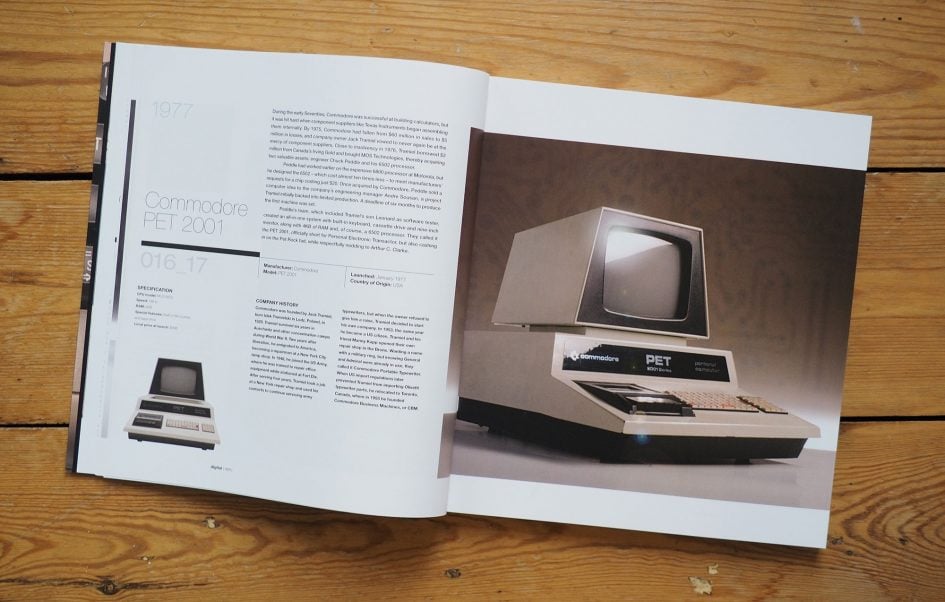
Some machines were aimed at homes or schools. Others targeted business travellers. A handful confidently pursued world domination and many became household names. It was a time when the smallest of operations could launch a computer to compete with the largest corporations. But by the end of the Eighties, virtually every single one had become extinct.
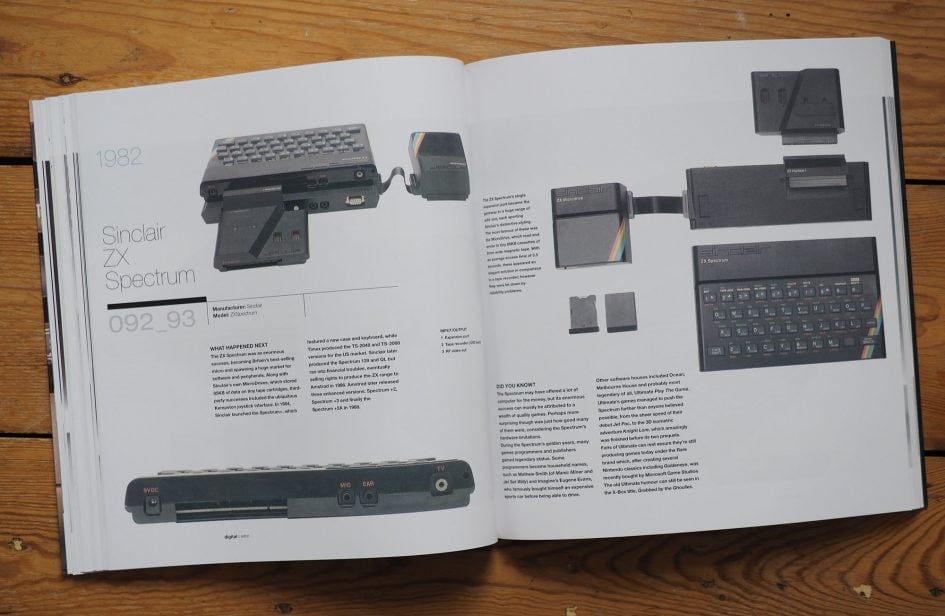
Digital Retro reveals the inspiration behind each machine, it’s goals, specifications and what ultimately went wrong. Each and every model was tracked down from museums and private collections to be lovingly photographed. Where possible the original designers and engineers of each system were interviewed to ensure technical and historic accuracy.
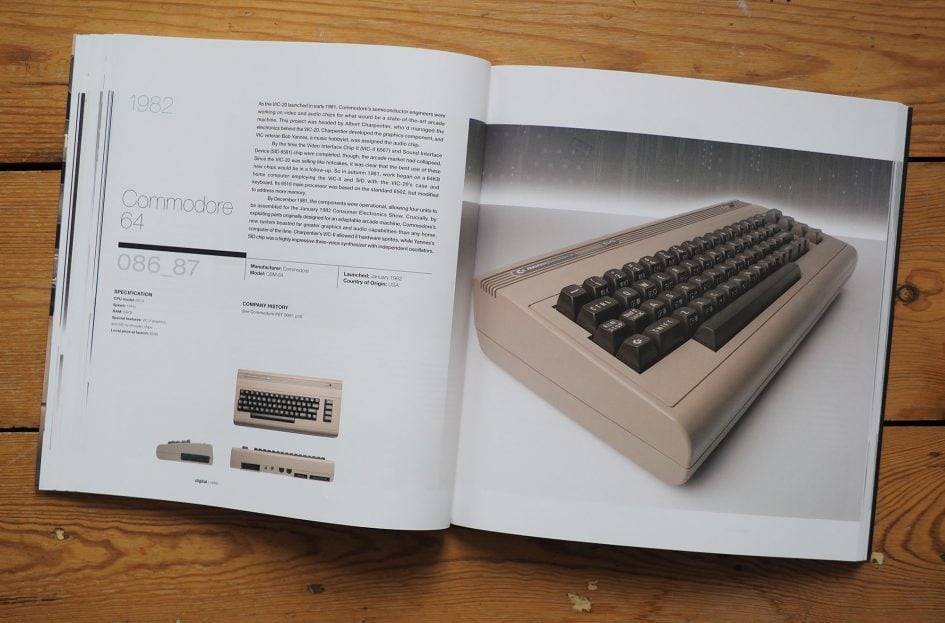
Digital Retro is an essential read for anyone who owned or lusted after a computer in the Eighties. If the mere mention of Sinclair, Commodore, Atari or Acorn brings a fond tear to your eye, it’s the book for you.
Check prices at Amazon, B&H, Adorama, eBay or Wex. Alternatively get yourself a copy of my In Camera book, an official Cameralabs T-shirt or mug, or treat me to a coffee! Thanks!
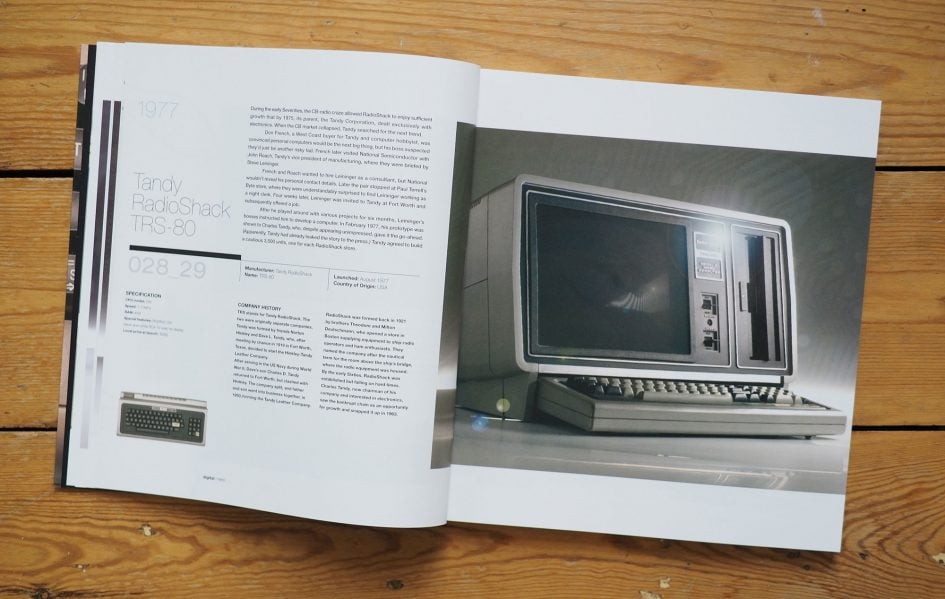
Comments on Digital Retro
“Thanks for the work you have clearly put into the content and presentation of the book. It was a very exciting era, and you have created a record that captures that excitement in a very accessible way”
Steve Furber, Acorn 1981-1990, principal hardware architect of the BBC Micro, Electron and ARM microprocessor. Now Professor of Computer Engineering at the University of Manchester and Fellow of the Royal Society.
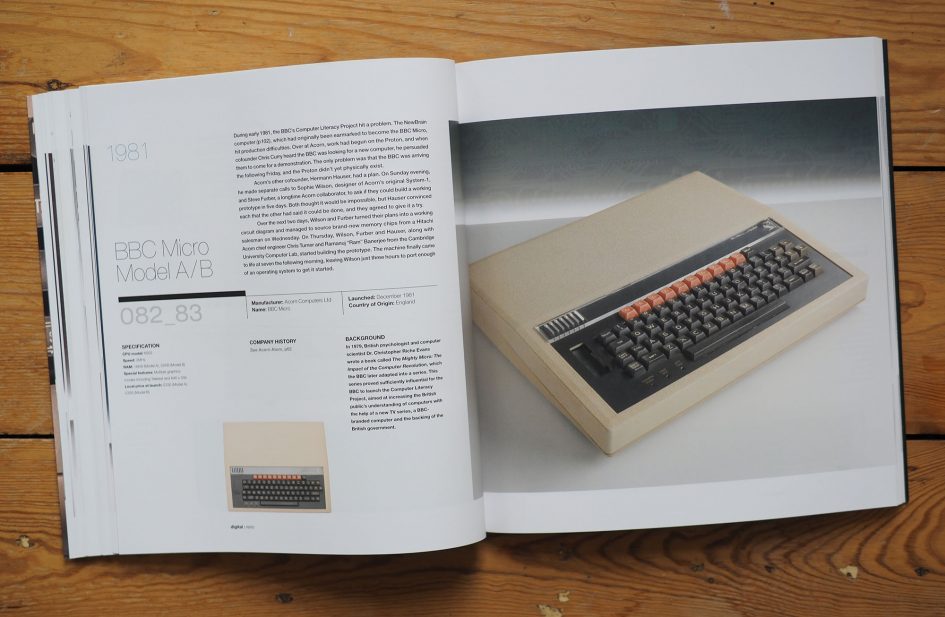
“This book is a terrific technical museum. I didn’t know all the stories about the contemporary machines. He got the story straight on the ones I worked on”
Joe Decuir, Atari 1975-1979, Amiga 1982-1984, system & chip design for Atari 2600, Atari 400/800 & Amiga 1000. Now at MCCI, an officer of the IEEE Seattle Section, a voting member of IEEE 802.15, and a contributor to Wireless USB.
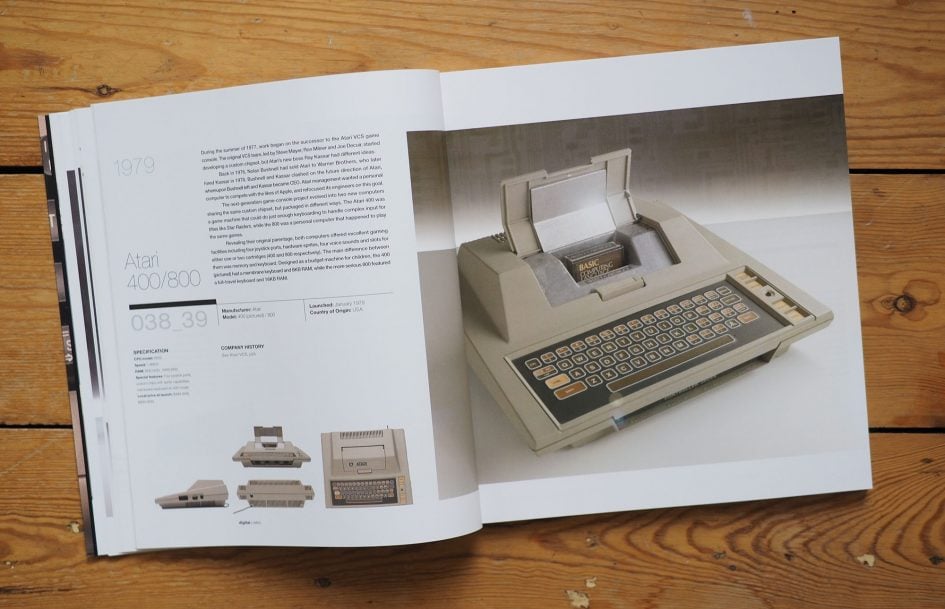
Check prices at Amazon, B&H, Adorama, eBay or Wex. Alternatively get yourself a copy of my In Camera book, an official Cameralabs T-shirt or mug, or treat me to a coffee! Thanks!
Reviews of Digital Retro
The Register: ‘you’ll find yourself reading more and more, laughing at the things you’d forgotten, and those you’d never known. There is at least one fact that I thought would never be made public.’
ZDNet UK: ‘A stunningly addictive book for anyone who ever lusted after the eccentric, engaging and short-lived systems that graced the pages of computer magazines in the 1980s’
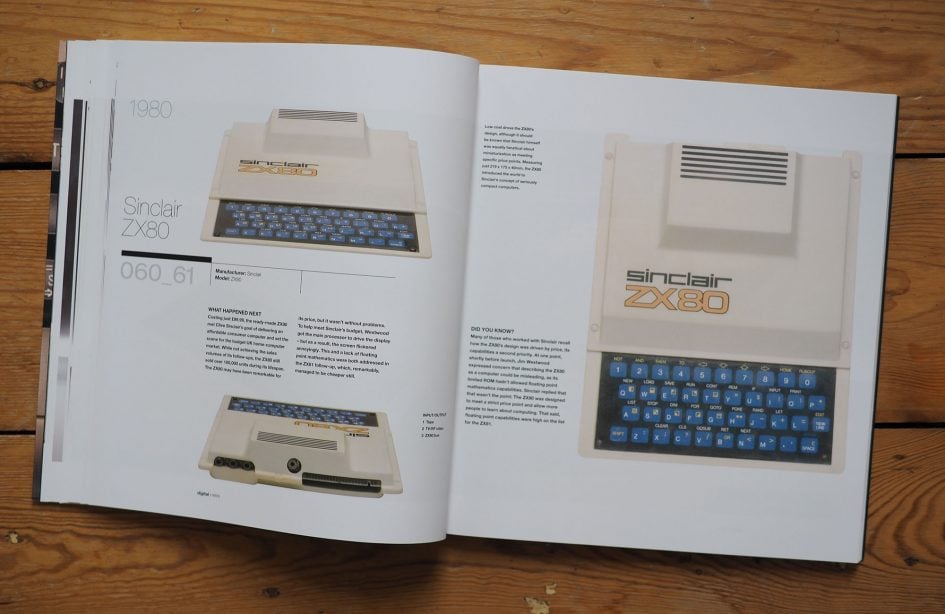
The Inquirer: ‘A handsomely presented and well written book which explores the history of personal computers and consoles’
Slashdot: ‘A perfect way to appreciate the aesthetic appeal (and exuberant variety) of personal computers from the mid ’70s to the late ’80s’
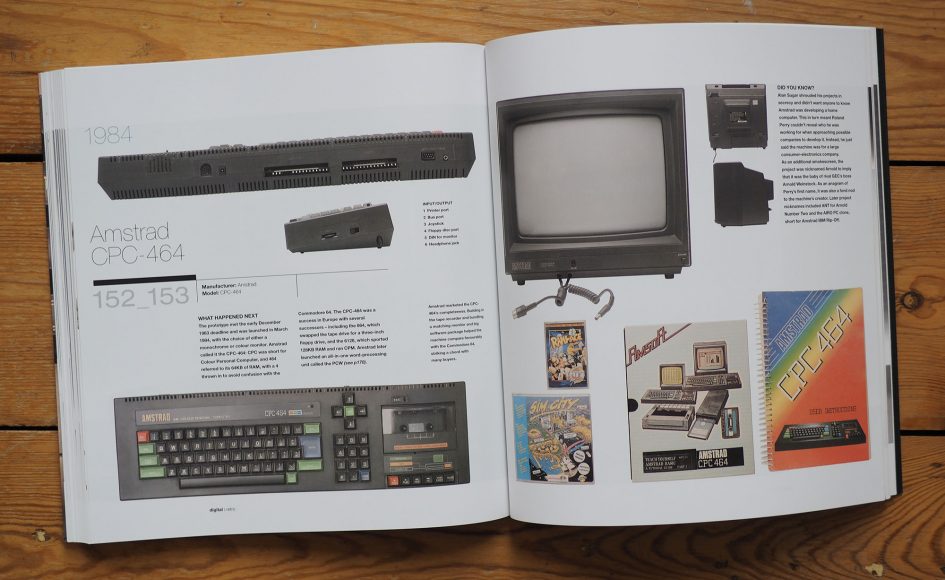
Check prices at Amazon, B&H, Adorama, eBay or Wex. Alternatively get yourself a copy of my In Camera book, an official Cameralabs T-shirt or mug, or treat me to a coffee! Thanks!
Digital Retro FAQ
Q: Where did you get the photos from?
Rob Jennings
A: We took new pictures of every single machine featured in the book. It’s all new photography! Some of the machines had scratches or marks which were digitally retouched.
Q: Where did you get all the machines from?
Jason Wright
A: A handful came from private collections – for example the CBM-64 on the cover is my own. The vast majority came from two museums in the UK: The Museum of Computing and The Computer Museum at Bletchley. We’re eternally grateful for their help!
Q: Who did you interview for the book?
Geoff Wearmouth
A: I was lucky enough to speak with many of the people responsible for bringing us these machines, including Sir Clive Sinclair, Chuck Peddle, Jack Tramiel and Hermann Hauser, along with many of the original engineers and designers. There’s a full list in the back of the book. If you’re interested in how the book was researched, check out this article from The Age and Sydney Morning Herald.
Q: Why isn’t Apricot in your book?
Richard Vadon
A: We wanted to concentrate on home computers and non-IBM compatibles, so rejected several business machines on these grounds, not to mention space and ability to source models in good condition for photography.
Sirius, Olivetti, Enterprise, Memotech and Sord, along with the Xerox Alto and Star didn’t make it into this edition for similar reasons. If you’re interested in the history of Olivetti, Sirius, Apricot, the Xerox Alto, Elan Enterprise, Memotech and the Sord M5, these were covered in my Retro column in Personal Computer World magazine, Oct 04, Nov 04, Dec 04, Feb 05, Mar 05, Apr 05 and Jun 05 issues respectively. If I write Digital Retro Volume II, these machines will definitely be included. If there’s any others you’d like to see featured, please email me.
Q: Why have you included games consoles in a book about computers?
Jon Roscow
A: Like several of the business machines in the book, key games consoles were included as landmarks to show how they were developing at the same time. Since the products are arranged in chronological order, it’s interesting to compare the technology and prices of specific home computers against key consoles of the same era.
Q: Which was the hardest machine to track down for photography?
Tim Lord
A: The NeXT Cube was actually one of the hardest. The problem was finding one with a matching monitor, keyboard and mouse in good condition. The original Apple Mac was also surprisingly tricky. In the end we had to use the slightly later Mac Plus model which had a numeric keypad section on the keyboard, and of course a badge which gave the game away.
Q: Where’s the Microbee?!
Mark Boxsell
A: You got me there! I’m afraid I didn’t know about the Microbee when I was writing the book, but have since heard from many fans of this Australian classic. One such person actually knew some of the designers involved, so kindly put me in touch with them. This lead to me writing an article for The Age and Sydney Morning Herald which I hope does the machine justice! If there’s ever Digital Retro Volume II, rest assured it’ll be in there, along with the other systems listed above.
List of models featured
MITS Altair 8800, Commodore PET 2001, Apple II, Tandy Radio Shack TRS-80, Atari VCS, Nascom 1, Atari 400 / 800, Sharp MZ-80K, Acorn Atom, Texas Instruments TI-99/4(A), Mattel Intellivision, Tangerine Microtan 65, Hewlett Packard HP-85, Sinclair ZX80, Sinclair ZX81, Osbourne 1, Commodore VIC-20, IBM PC, BBC Micro Model A / Model B, Commodore 64, Sinclair ZX Spectrum, Colecovision, Grundy Newbrain, GCE Vectrex, Dragon 32, Compaq Portable PC, Apple Lisa, Oric 1, Jupiter ACE, Mattel Aquarius, Nintendo Famicom / NES, Acorn Electron, Apple Macintosh, Sinclair QL, Amstrad CPC-464, IBM PC AT, MSX / Sony HitBit, Tatung Einstein, Atari 520ST / 1040ST, Commodore Amiga 1000, Amstrad PCW 8256, Sega Mark III / Master, Acorn Archimedes, NeXT Cube
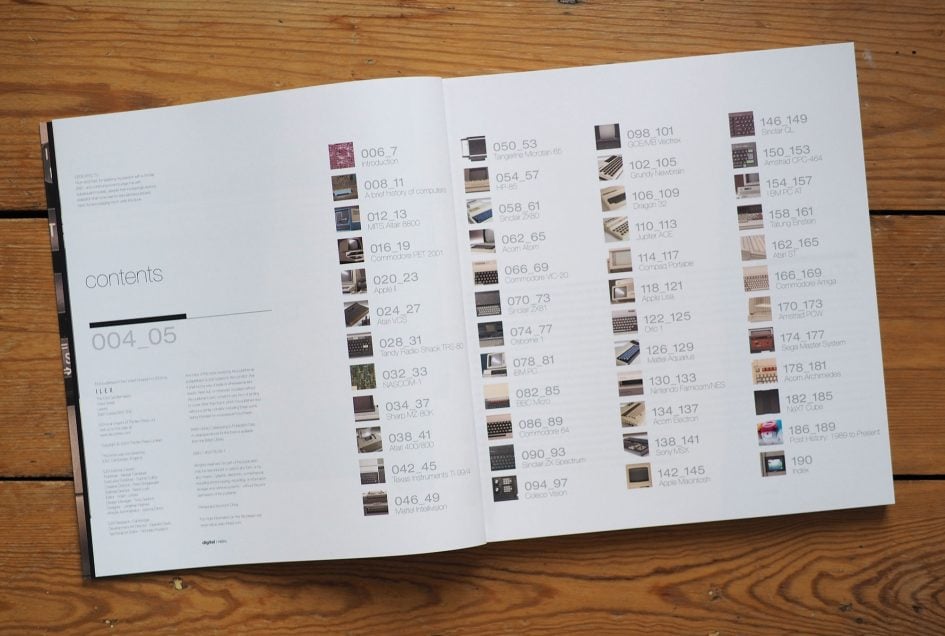
Check prices at Amazon, B&H, Adorama, eBay or Wex. Alternatively get yourself a copy of my In Camera book, an official Cameralabs T-shirt or mug, or treat me to a coffee! Thanks!
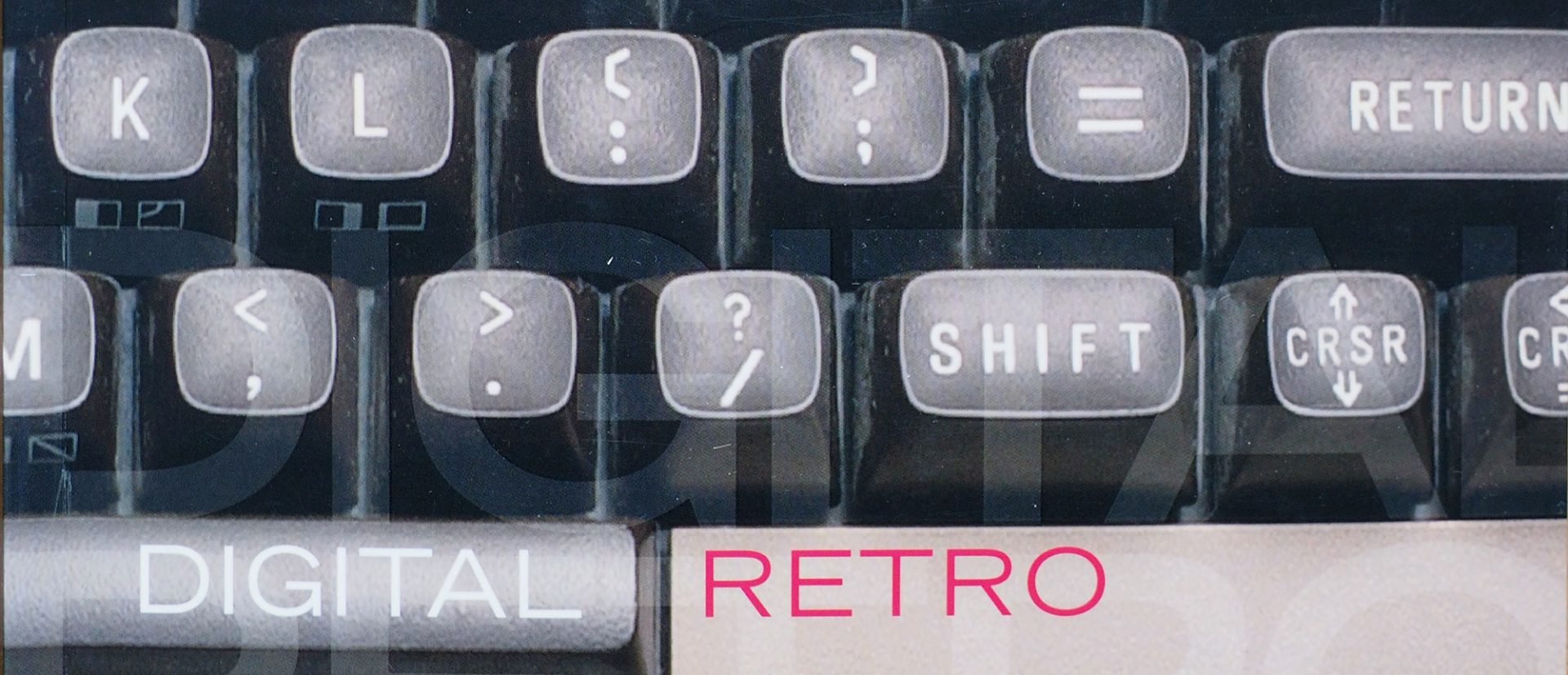
 Digital Retro is a coffee table book by Cameralabs' Editor Gordon Laing, and a great gift for geeks! It tells the story behind 44 classic computers of the Seventies and Eighties, revealing the inspiration behind each machine, it's goals, specifications and what ultimately went wrong. Each and every model was tracked down from museums and private collections to be lovingly photographed. Where possible the original designers and engineers of each system were interviewed to ensure technical and historic accuracy. Digital Retro is an essential read for anyone who owned or lusted after a computer in the Eighties. If the mere mention of Sinclair, Commodore, Atari or Acorn brings a fond tear to your eye, it's the book for you!
Digital Retro is a coffee table book by Cameralabs' Editor Gordon Laing, and a great gift for geeks! It tells the story behind 44 classic computers of the Seventies and Eighties, revealing the inspiration behind each machine, it's goals, specifications and what ultimately went wrong. Each and every model was tracked down from museums and private collections to be lovingly photographed. Where possible the original designers and engineers of each system were interviewed to ensure technical and historic accuracy. Digital Retro is an essential read for anyone who owned or lusted after a computer in the Eighties. If the mere mention of Sinclair, Commodore, Atari or Acorn brings a fond tear to your eye, it's the book for you!



